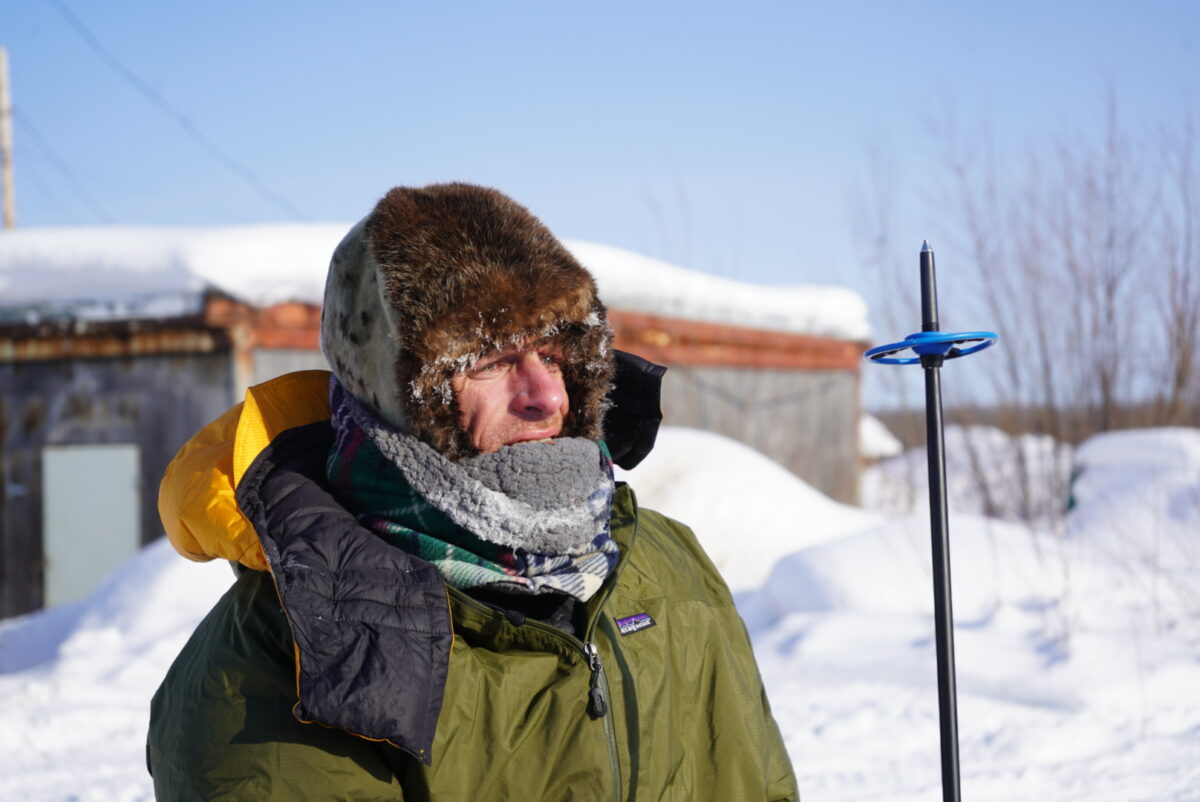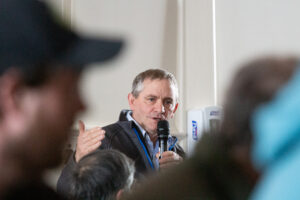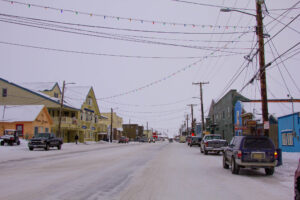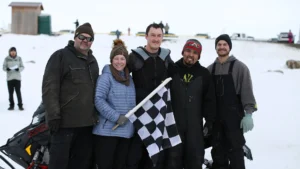This story by Lex Treinen and Ben Matheson was originally published by Alaska Public Media, and republished with permission through a partnership with KNOM.
Update, Sunday: Ryan Redington and his 12 dogs were first into Unalakleet Sunday morning, pulling in at 4:20 a.m.
Original story:
After defending champion Brent Sass withdrew from the Iditarod citing health concerns, four teams emerged in a tight pack at the front of the field with a strong shot at vying for the win. The four left Kaltag within about two-and-a-half hours of one another to make their way toward the first coastal checkpoint of Unalakleet.
First out Saturday evening was Ryan Redington, followed by Richie Diehl just 22 minutes later and Pete Kaiser 15 minutes after that. Two hours behind Kaiser was Jessie Holmes.
It’s neck-and-neck-and-neck-and-neck.
Ryan Redington, the first to arrive in Kaltag earlier in the day, called his competition some of the “best in the world.”
“These guys behind me are legendary mushers. They really know how to race. They’re not just going to let it come easy,” said Redington of Knik.
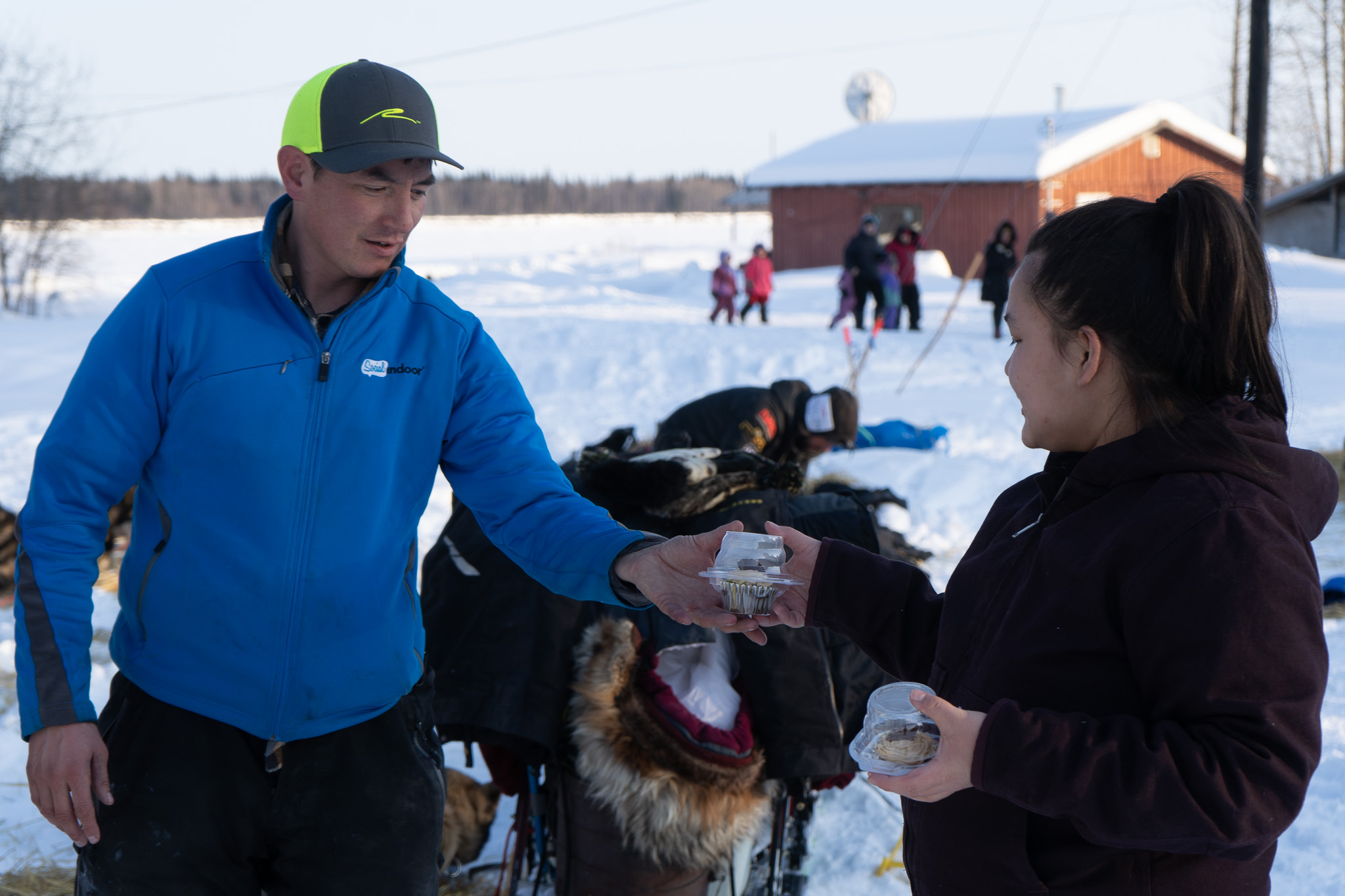
All four mushers have impressive resumes. Redington has three top-10 Iditarod finishes, the highest seventh, and is the grandson of Iditarod founder Joe Redington, Sr. Pete Kaiser of Bethel won the Iditarod in 2019, the last time it was run on the southern route, and has won the competitive Kuskokwim 300 seven times. There’s also Richie Diehl of Aniak, who finished sixth last year and won the Kusko 300 in 2021. Jessie Holmes is a reality TV personality who finished third in last year’s Iditarod and made an impressive recovery from a construction accident this fall that left him with a broken wrist.
Three of the top four teams — Redington, Kaiser, and Diehl — are Alaska Native.
On Saturday afternoon in the dog yard in Kaltag, all four teams rested through the heat of the afternoon. Redington said he was contemplating a bold run straight to Unalakleet without camping on the 85-mile trail — much longer than the 60-mile stretches he ran along the fast, flat Yukon River.
“I don’t know if that’s the right move, but that’s the move we’re going to try. It’s going to be a long run,” said Redington.
Next to him in the dog yard was Diehl. After feeding his team, he said his dogs are running well with good energy, so it now comes down to him doing the right things for the team.
“It’s giving them proper rest when they need it, if they need another hour or half hour, give it to them,” said Diehl. “If they need another snack between runs, give them another snack. Just do anything to cater to their needs right now.”
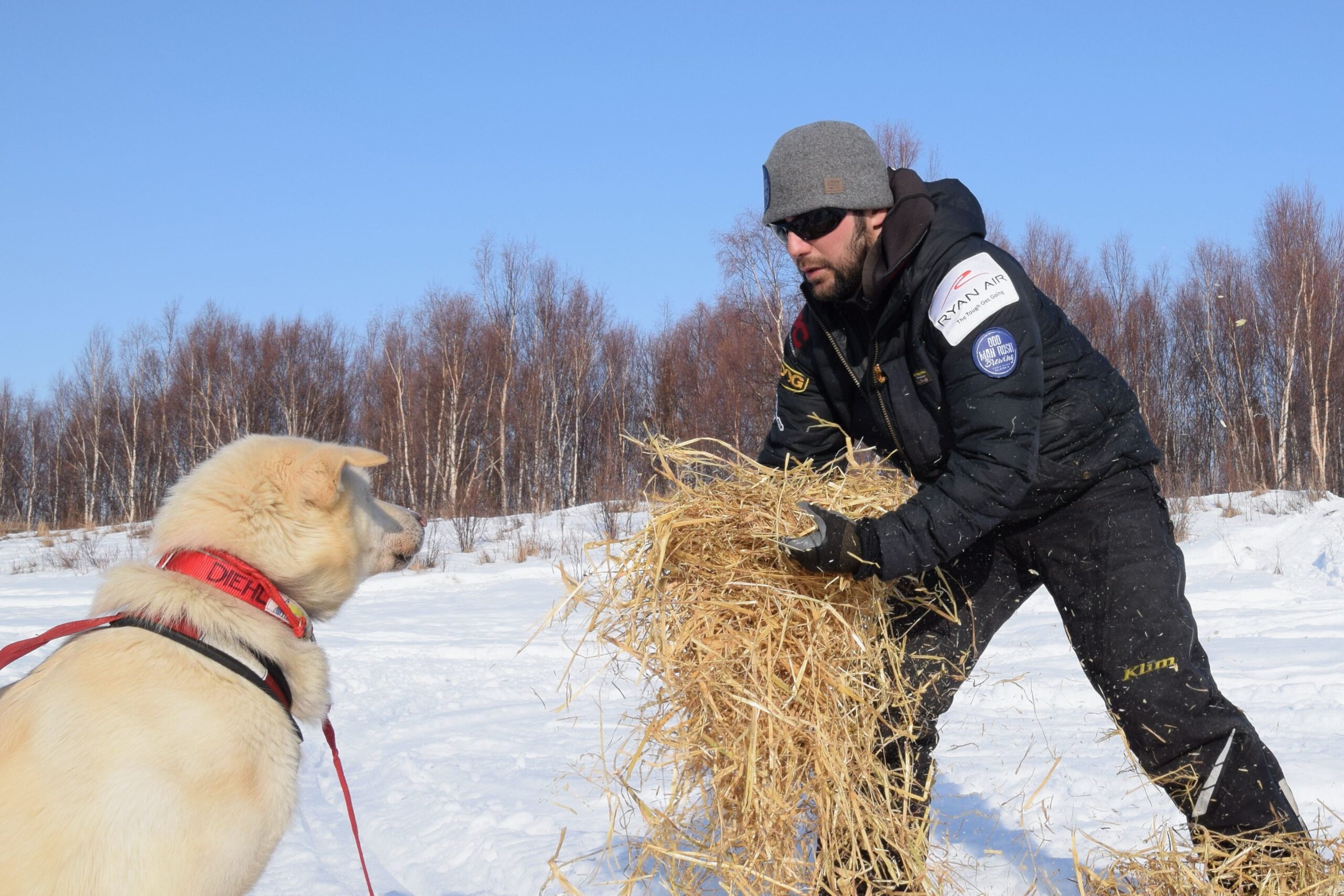
Kaiser said he would make his plans as he went down the trail. He said making sure the dogs have the right amount of run and rest is key.
“You have to get those ratios right, and if you do that, then we should have a shot at being right in there with these guys,” said Kaiser.
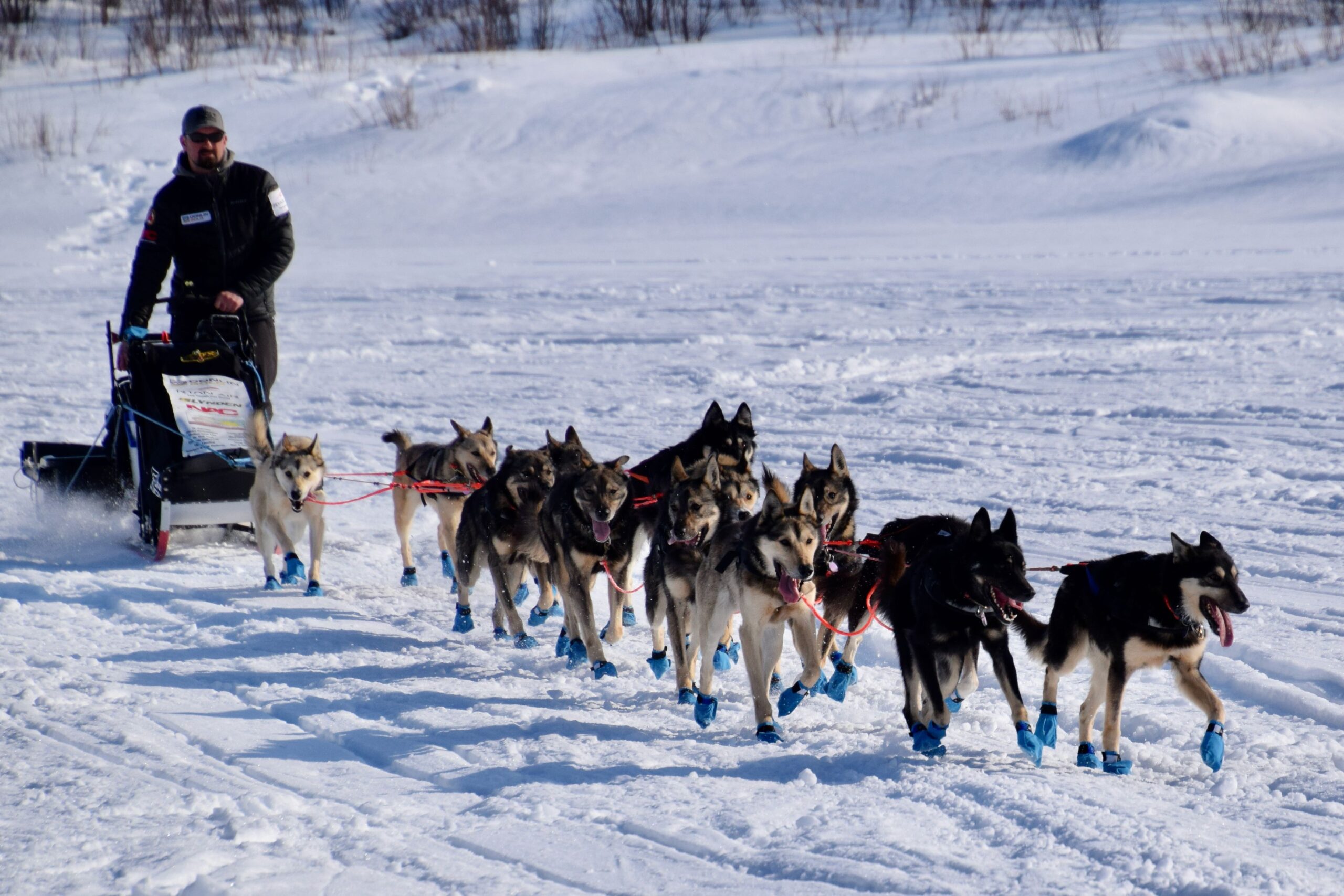
Holmes, who trains in the remote community of Brushkana off the Denali Highway where he stars in National Geographic’s “Life Below Zero” reality TV series, pulled into Kaltag almost two hours behind Redington. The Alabama native stopped to stay, despite having rested more out on the trail than his competitors. Holmes was the first musher to arrive on the Yukon River and had been dueling with Sass earlier in the race for the lead.
He said stopping in Kaltag was “absolutely not” part of his plan.
“I was supposed to go about 20 miles farther to a shelter cabin,” he said. “But that’s what dog racing’s all about adjusting it for the dogs.”
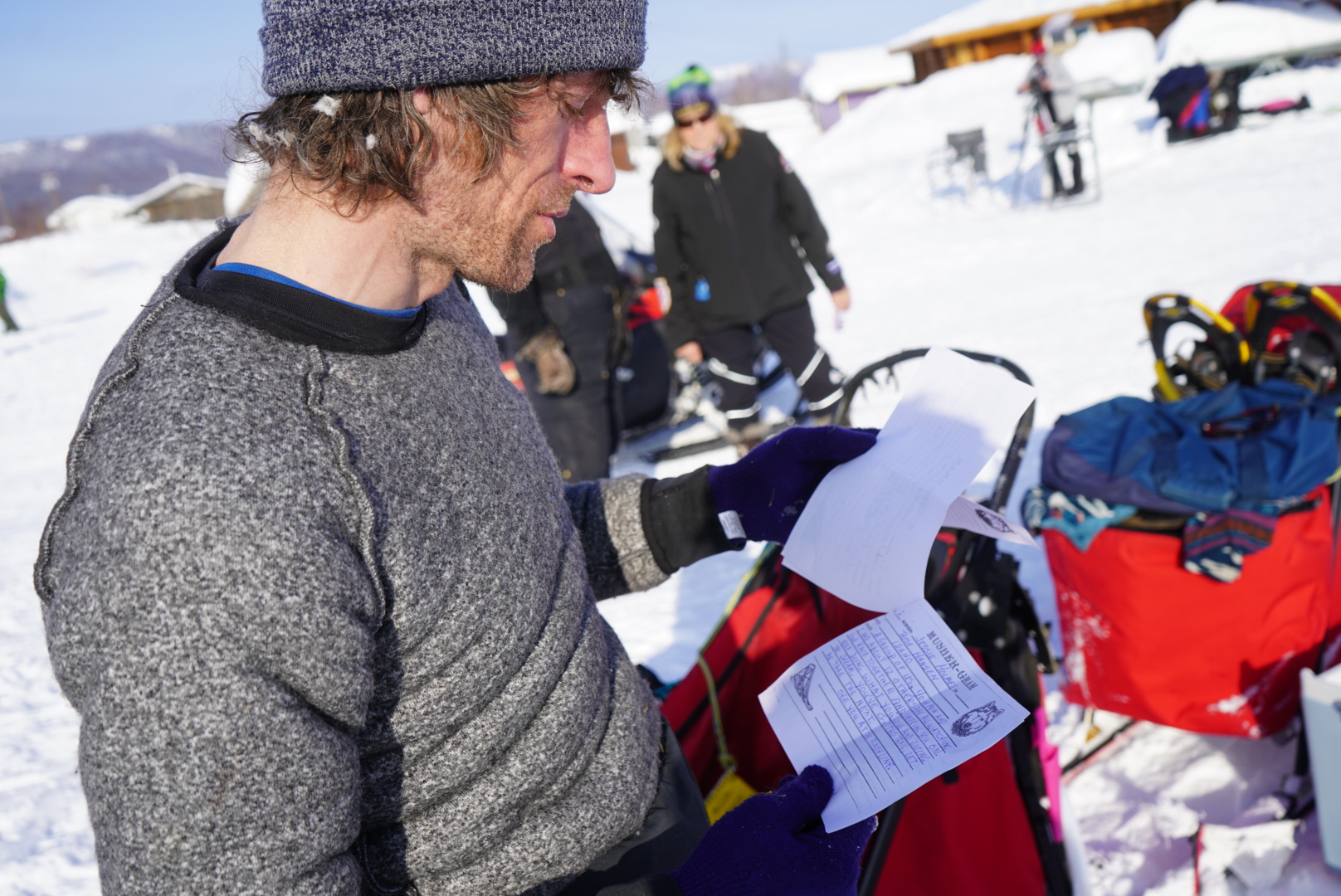
Temperatures stayed in the teens during the day on Saturday, but Holmes said his dogs had been struggling in the warmer daytime temperatures earlier in the race that topped out above 30 degrees. He said his dogs weren’t pulling well on more challenging sections of trail, despite maintaining a fast pace on the flat, hard-packed sections. He said he watched Kaiser, Diehl and Redington’s team speed by him Saturday morning as he camped.
“They looked really good when they went by where I was camping and I just thought, ‘I’ve blown it, I’ve lost the magic,’” he said.
He said his only chance at closing the gap between him and the top three would be to have a hard, fast trail on the coast.
Ultimately though, Holmes said, it’s too early to plan for what will happen later on in the race, particularly as mushers begin their trek along the Bering Sea Coast where storms and tired dogs can derail mushers’ plans.
“You can have the best laid plans, but the dogs gotta be up for it,” he said.
Top teams could arrive in Unalakleet early Sunday morning, with just a quarter of the race to go.
Image at top: Jessie Holmes arrives in Kaltag on Saturday afternoon. Holmes said, “It’s a great day to be alive,” but acknowledged that his dogs hadn’t been running as fast as he had hoped, which cost him a several-hour advantage he had over Richie Diehl, Ryan Redington and Pete Kaiser. (Lex Treinen/Alaska Public Media)

